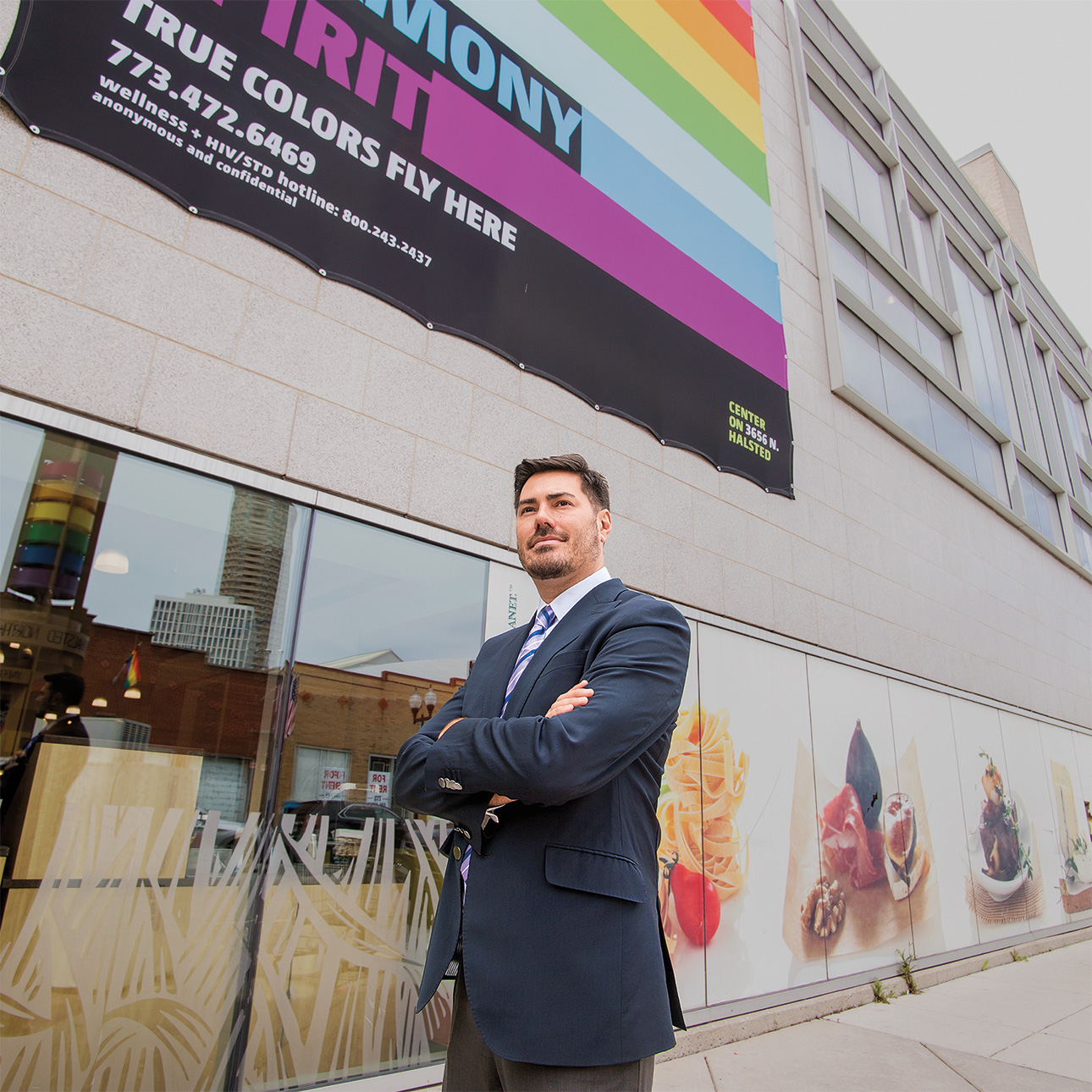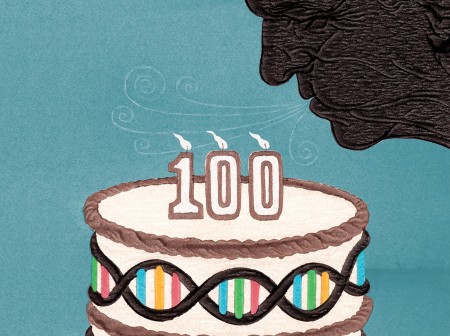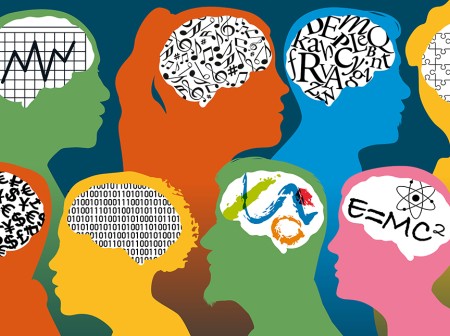The day the Supreme Court legalized same-sex marriage nationwide — June 26, 2015 — marked a monumental victory in the lesbian, gay, bisexual, transgender and queer (LGBTQ) movement’s fight for recognition of our civil rights. In the words of former Justice Anthony Kennedy, it affirmed our hope for “equal dignity in the eyes of the law.”
Afterward, some asked, “What’s next?” My answer? To continue fighting for that same dignity in one of the most important aspects of our lives — our health and health care.
It was also in 2015 that Northwestern founded the Institute for Sexual and Gender Minority Health and Wellbeing (ISGMH), the nation’s first universitywide institute to focus exclusively on research to improve sexual and gender minority health. As ISGMH’s director, I lead a team that uses research to improve health equity for U.S. LGBTQ communities.
ISGMH’s research reveals mounting evidence that our communities face higher disease burdens and less access to health care. For example, once every 45 minutes a young gay/bisexual man in the United States is diagnosed with HIV — a rate 20 times higher than for heterosexual young men. LGBTQ youth, especially those who identify as bisexual, are two to three times more likely to attempt suicide. Lesbian and bisexual-identified women are far less likely to receive cancer prevention services. Transgender people, especially of color, are subjected to alarmingly high rates of physical violence — including murder — based on their gender identity and expression. The root of these disparities? Stigma, discrimination and institutional barriers to health care.
Over the past decade we’ve seen the federal government make important strides in advancing LGBTQ health. In 2010 LGBTQ populations were included for the first time in Healthy People 2020, a national health-disparities monitoring and elimination initiative of the U.S. Department of Health and Human Services. Under President Obama’s leadership, Health and Human Services–wide LGBTQ health goals and progress were reported annually, prioritizing increased data collection from LGBTQ populations in federal surveys. And in 2016 the National Institutes of Health formally recognized the LGBTQ community as a health disparity population for research purposes.
But this progress is under threat. Last October it was revealed that the Trump administration is considering narrowly defining gender based on genitalia at birth — a change that is neither medically accurate nor backed by science. Policies have been proposed to erase LGBTQ questions from federal surveys that are critical to identifying the health needs of our community. Both of these erasures constitute a form of state violence, adding another layer to the discrimination and aggression that LGBTQ people face daily.
For my team at ISGMH, the representation of LGBTQ populations in federal surveys has made it possible to identify and report on health disparities — and identify ways to combat them. ISGMH has been at the forefront of using scientific evidence to argue against the validity of these proposed changes.
Now, perhaps more than ever, it is critical that we continue the LGBTQ movement’s fight for recognition and representation. The health of our community depends on it.
Brian Mustanski ’99, a psychologist, is director of Northwestern’s Institute for Sexual and Gender Minority Health and Wellbeing, professor in the Feinberg School of Medicine and co-director of Third Coast Center for AIDS Research in Chicago.
Make your voice heard. Submit a question or share your reaction with #VoicesNU on Twitter.




Reader Responses
No one has commented on this page yet.
Submit a Response